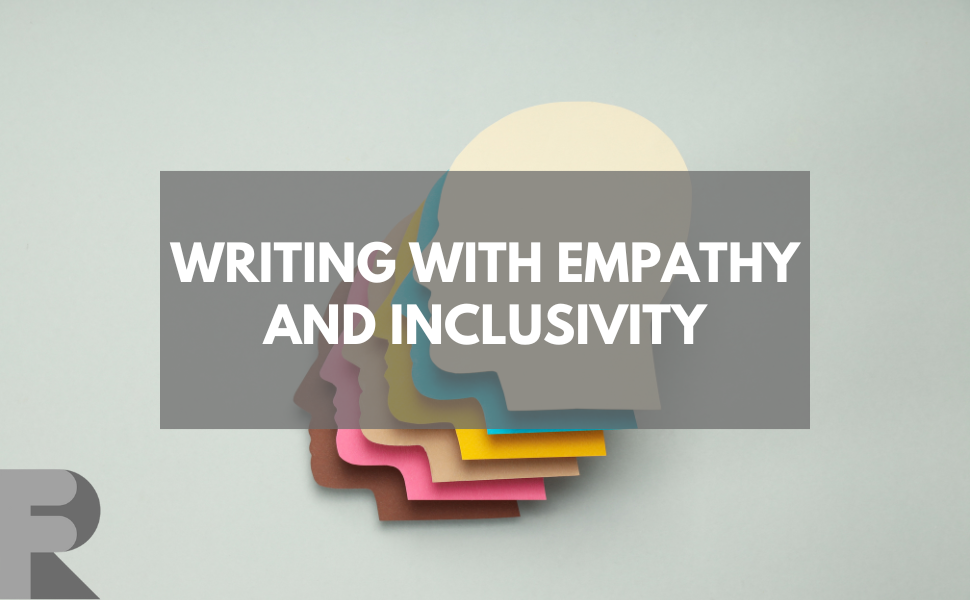When writing for your company, remember your customers and prospects come from all different walks of life. Each has a unique journey with varying experiences, opportunities, and access to resources. Let’s review why empathy, inclusive language, and accessibility should be the core elements of your copy.
Understanding Your Audience’s Experiences
Your customers are not all the same. What’s easy for one may seem insurmountable to another. This is why empathy is so important.
For example, if you’re marketing a tech product that simplifies a manual process, it’s important to recognize that not everyone has the same technological or educational background. You as the expert and others with similar knowledge may find something intuitive but it may be overwhelming to a newbie or someone with fewer resources.
By the way, this is why I always advise that you remove all jargon from your message and use common words.
Using Inclusive Language to Avoid Alienation
One of the most powerful ways to connect with your audience is by using language that speaks to them, not past them. Inclusive language ensures that you’re addressing your audience in a way that doesn’t exclude or alienate anyone based on their background, gender, race, or abilities.
It’s easy to overlook phrases or terms that might make people feel excluded. But with a little effort, you can create copy that feels welcoming and open to all. Here are a few tips:
- Avoid gendered language: Use neutral terms like “they” instead of “he” or “she.”
- Be culturally sensitive: Be mindful of phrases or metaphors that might not resonate with all audiences. Avoid terms like “grandfathered in.”
- Be mindful of ability assumptions: Avoid phrases that assume everyone has the same physical or cognitive abilities, like “it’s obvious to see” or “stand up for what’s right.” Instead, use more inclusive language like “it’s clear” or “support what’s right.”
By doing this, you’re not just writing for a segment of your audience but ensuring that all potential customers feel seen and included.
Making Your Content Accessible to All
Accessibility in writing means creating content that everyone can engage with, regardless of their background, knowledge, or abilities. Clear, easy-to-read copy helps prevent misunderstandings and ensures your message reaches as many people as possible.
Remember not everyone will interact with your content in the same way. Some people will read your copy with a screen reader. This is yet another value of reading your copy out loud before putting it out there. When using videos or images, consider adding captions, alt text, or transcripts to make your content more accessible to everyone.
The goal is to make your content as inviting as possible. When people feel that you’ve made the effort to communicate with them, they’re more likely to engage with your brand and become loyal customers.
Build Trust with Your Words
Words have power. Crafting messages with empathy, inclusivity, and accessibility can go a long way toward building trust and connection with your customers. So, the next time you sit down to write, remember to think beyond your own experience and step into the shoes of your audience.
If you need help telling your brand story, creating, and implementing a content strategy, our free content guide is a great place to start. Download it here today.

